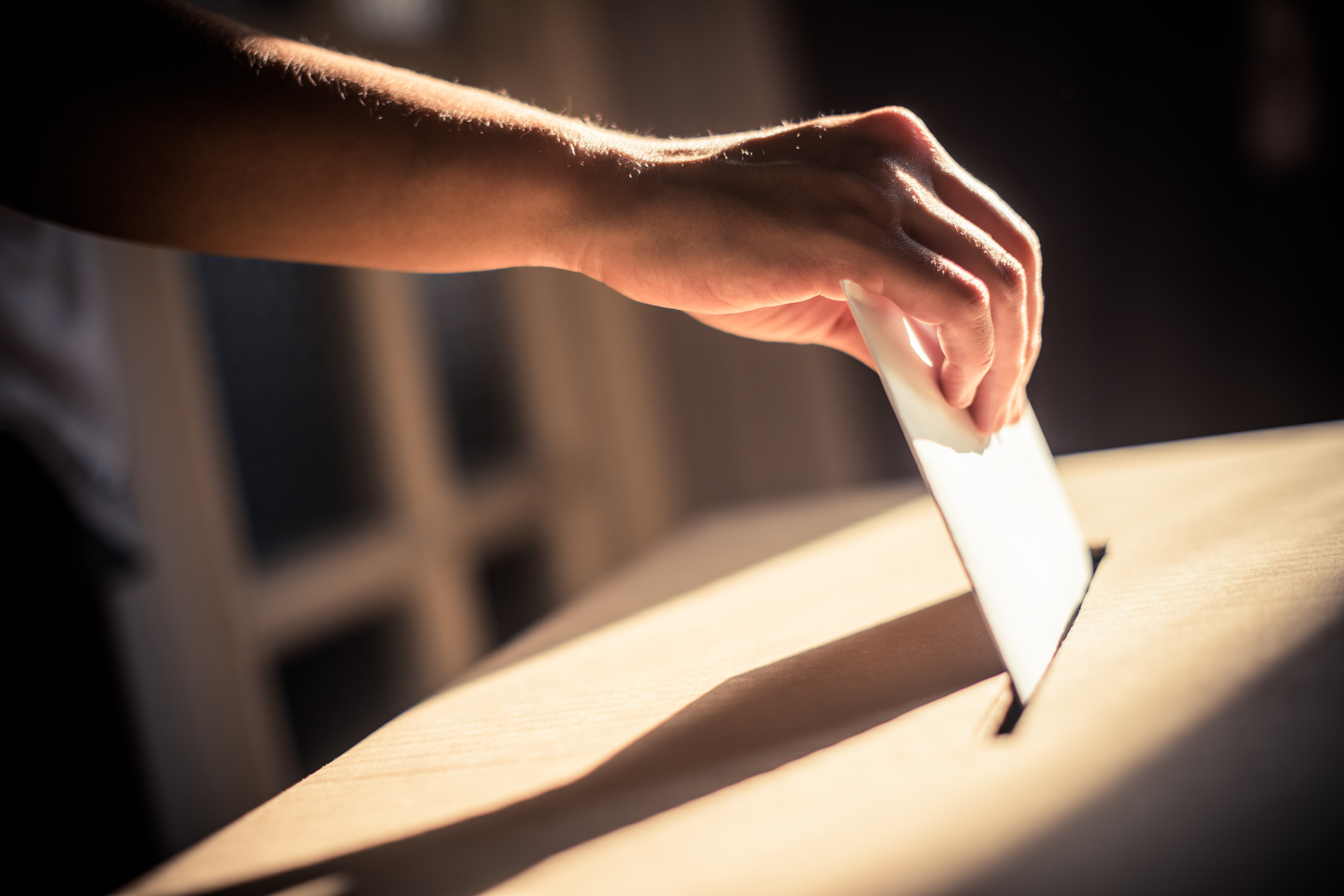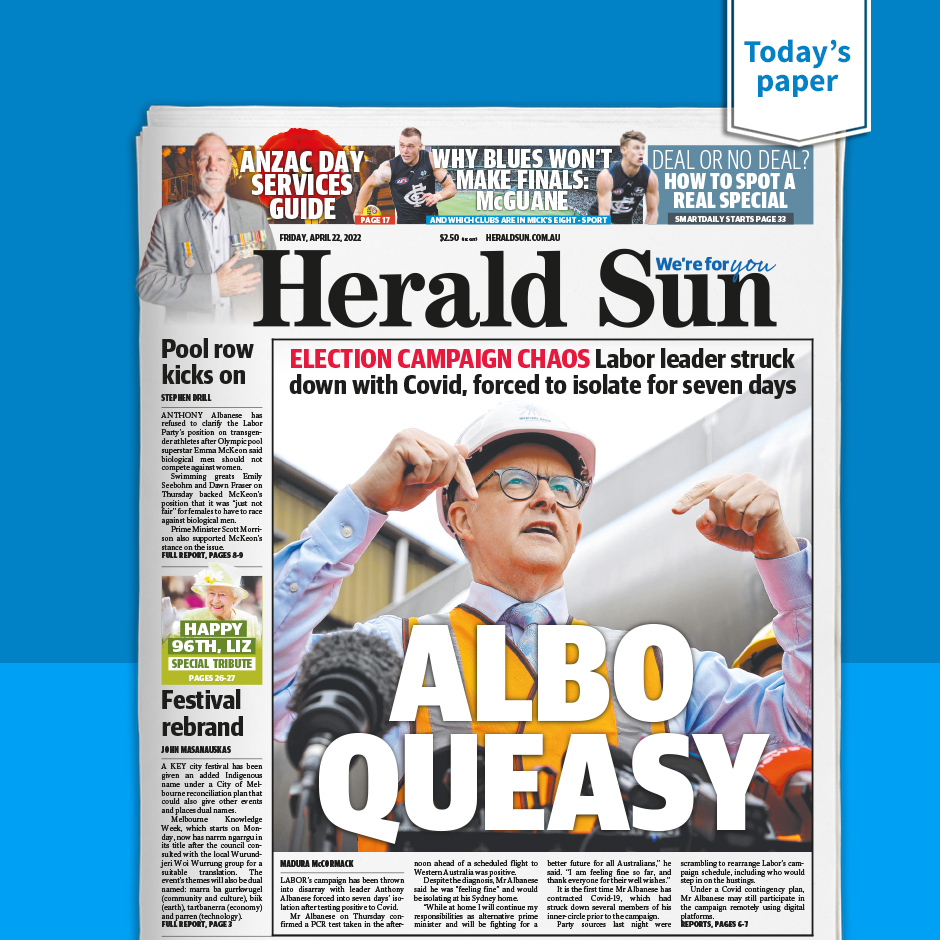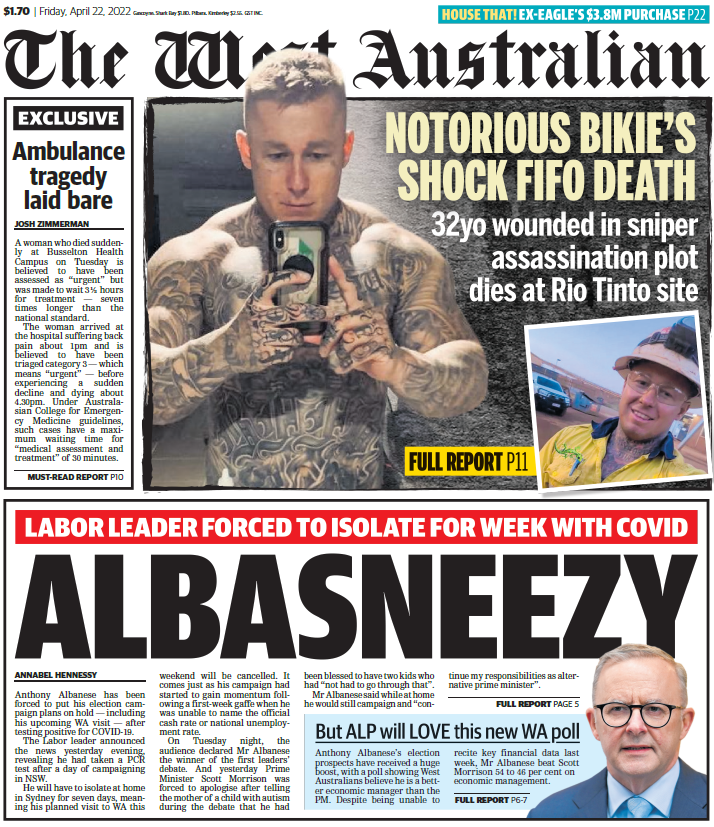Trust matters – and it creates a halo: Why 19 million Australians rely on news brands, and how brands can benefit during the Federal Election

Freedom of the media is often regarded as a cornerstone of democracy and in today’s global political climate, we are privileged to live in a country where the news industry remains authentic, fact-based, and balanced.
On the eve of the Federal Election, ThinkNewsBrands’ Vanessa Lyons says everyone should take a moment and acknowledge the incredible privilege of a free, independent and trusted media. Not everywhere has this luxury. Research repeatedly shows how brands placed next to trusted news benefit.
If there was ever any doubt about the role news plays during a Federal Election, consider this: Every week, 19 million Australians engage with news. That’s 97 per cent of Aussies over the age of 14.
There’s a reason why we keep coming back to established news brands such as The Sydney Morning Herald, The Australian and The West Australian. That reason is trust.
The 2019 AdTrust Study found Australians are twice as likely to trust the content they see in news brands than content in social media. The research found the credibility of news is driven by reputation and accountability, unlike social media where information is shared unchecked and unregulated having a corrosive influence on opinions – and elections – right around the world.
Freedom of the media is often regarded as a cornerstone of democracy and in today’s global political climate, we are privileged to live in a country where the news industry remains authentic, fact-based, and balanced. During my career, I have lived in countries where this wasn’t always the case.
In 2012, I was based in Chicago when Barack Obama mounted a successful campaign for a second term against Mitt Romney. The lead up to the election was far more drawn out than the campaigns we experience in Australia and for the uninitiated, navigating reporting was not without its challenges. Given the political division in the US, which has only increased in recent years, a trained eye was required to sift through the spin and bias. Coverage also came across as more cynical and negative with the adage, “bad news is good news” defining reporting.
Even more extreme was the experience of politics and news media during my time in China. From 2003 to 2006, I was based in Shanghai where general-interest newspapers are government-owned and supervised by the highest political decision-making body: the Central Committee of the Communist Party of China. Media influence was in full swing, and freedom of the press was highly restricted. Newspapers in China are assigned the task of implementing the party-line. And forget about world news. Chinese media is China-centric with little information from beyond the country’s borders. Interestingly though, despite this, Chinese newspapers operate in a vibrant advertising market second only in size to the United States.
State-led media, and the impact of it on people, is very real in many corners of the world, as we have seen with the Russian media’s response to the tragic invasion of Ukraine.
This all highlights the incredible privilege we have here in Australia.
Australian journalists and editors take seriously the role they play in educating us during events such as the election. In a letter to readers earlier this month, Gay Alcorn, editor of The Age said: "Overall, my word for the campaign is trust. I want you to think that amidst the noise, you can rely on The Age for trustworthy coverage. If we achieve that, I’ll be satisfied.”
Similarly, in a full-page letter in The Daily Telegraph, editor Ben English and weekend editor Mick Carroll pledged to their readers, “This is your election. We won't let you be ignored.”
In recent years, election coverage – and indeed all news coverage – has evolved. It's no longer simply a case of front-page splashes, although they still carry plenty of weight and provide a canvas for editors and journalists to work their magic. Case in point, the headlines inspired by Anthony Albanese’s Covid diagnosis:


Today, news is a 24/7 always-on experience and that is reflected by the approach our news brands are taking to this election.
For example, News Corp’s election tipping competition SuperVoter is a fun, free and interactive way to engage Australians in the election which sees Aussies pit their skills against each other to pick the winner of each of the 151 seats contested.
Engaging and entertaining readers during what can seem like an endless election campaign matters, but trust is the most crucial factor at this time.
With numerous studies finding our trust in established institutions has eroded in recent years, it’s reassuring to note news continues to hold our trust. The AdTrust study also found that the trust in the content consumed in news channels has a halo effect rubbing off onto the ads that sit beside this information.
Having seen first-hand the differences between the Australian media and the news in other markets was one of my deciding factors in taking on the role at ThinkNewsBrands.
The Australian news industry has worked hard to establish this level of trust with Australians, and we should do everything we can to ensure it stays this way.
